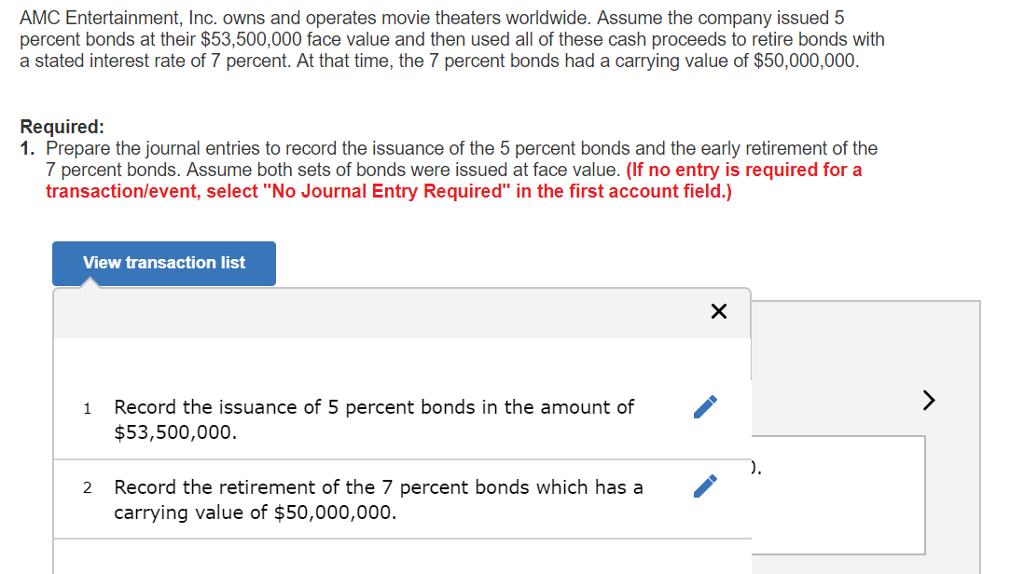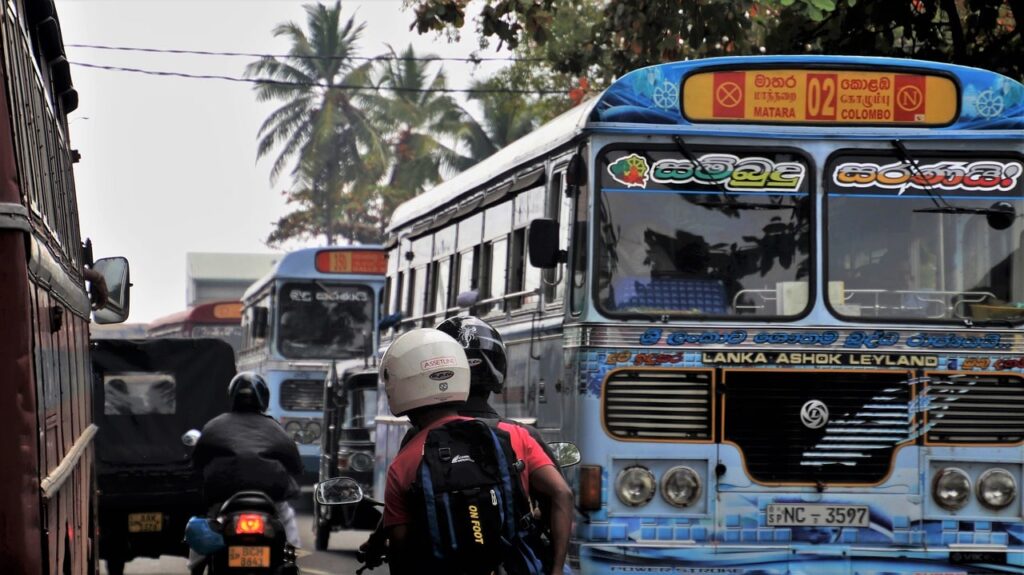Understanding Lane Splitting Laws in Ohio: What Every Motorcyclist Needs to Know
Lane Splitting in Ohio: The Legal Landscape
Motorcyclists in Ohio often wonder about the legality of lane splitting -the act of riding a motorcycle between lanes of slow or stopped traffic. Understanding Ohio’s position on this practice is crucial for safe riding, legal compliance, and minimizing risk of citations or liability. This article explores the current legal status of lane splitting in Ohio, outlines safe alternatives, and provides comprehensive guidance for riders navigating these rules.
What is Lane Splitting?
Lane splitting refers to a motorcyclist moving between two lanes of traffic, typically to bypass congestion. This differs from
lane filtering
(moving between lanes at low speeds, usually at intersections) and
lane sharing
(two motorcycles riding side by side within one lane).
Is Lane Splitting Legal in Ohio?
Ohio law is clear and consistent : lane splitting is illegal on all public roads . According to multiple Ohio legal resources and the Ohio Revised Code, motorcyclists must remain within a single lane and cannot ride between lines of traffic. [1] [2] [3]
Ohio Revised Code § 4511.55 entitles motorcycles to the full use of a lane and prohibits other vehicles from depriving motorcycles of that space. The law also expressly forbids motorcycles from operating more than two abreast in a single lane, meaning no more than two riders side by side. [2]

Source: grothlaw.com
Practical Implications for Motorcyclists
While some sources previously suggested a legal gray area, the prevailing and most current legal consensus is that lane splitting is not permitted . Law enforcement officers can-and do-cite riders for actions associated with lane splitting, such as improper lane change or failure to maintain a single lane. [1] [3]
Even if you are not specifically cited for ‘lane splitting,’ engaging in this behavior can result in legal consequences under broader traffic safety laws. If an accident occurs while lane splitting, you may be found partially or fully at fault, which can impact insurance claims and legal proceedings. [4]
Lane Sharing and Legal Alternatives
While lane splitting is prohibited, lane sharing is legal in Ohio . This means up to two motorcycles can ride side by side within a single lane, which can improve visibility and safety. However, riding with more than two motorcycles side by side in a single lane is not permitted. [2] [1]
Lane filtering, which is sometimes allowed in other states at low speeds, is also not legal in Ohio . All maneuvering between lanes, regardless of speed or traffic conditions, is considered a violation. [3]
Risks and Penalties for Violating Lane Splitting Laws
Violating Ohio’s lane use laws can result in citations for moving violations, which may carry fines, points on your driving record, and impact your insurance rates. Additionally, if you are involved in an accident while lane splitting, you may be assigned liability due to unsafe driving practices. [4]
Ohio’s legal system places a strong emphasis on road safety. Law enforcement may interpret any out-of-lane riding as reckless, especially if it leads to a crash or disrupts traffic flow. [1]
Helmet and Equipment Requirements
Ohio law requires helmets for riders under 18 and those with a “novice” motorcycle license (less than one year of experience). Passengers riding with a novice or underage motorcyclist are also required to wear helmets. [2]
While helmet use is not mandatory for all adult riders, it is strongly encouraged for safety. Always ensure your motorcycle meets Ohio equipment standards, including functioning lights, mirrors, and other safety gear.
Best Practices for Motorcyclists in Ohio
To stay compliant and safe, motorcyclists should:
- Remain within a single lane while riding; do not attempt to move between cars or lanes.
- Only ride side by side (lane sharing) with one other motorcycle. Do not exceed two bikes abreast.
- Regularly review Ohio’s motorcycle laws by searching for “Ohio Revised Code motorcycle regulations” on the official State of Ohio or Department of Public Safety websites.
- Be vigilant in high-traffic situations; practice patience rather than seeking shortcuts through illegal maneuvers.
- Consider joining a local motorcycle safety course or advocacy group for updates on changing laws and best riding practices.
- If you receive a citation or are involved in a crash, consult with a qualified Ohio motorcycle attorney for guidance.
How to Stay Informed and Protect Yourself
Since traffic laws can change, it’s essential to stay up to date. Use the following strategies:
- Periodically check the official Ohio Bureau of Motor Vehicles (BMV) website for current motorcycle laws. You can search for “Ohio BMV motorcycle laws.”
- Stay connected with local motorcycling organizations, which often provide legislative updates and safety resources.
- Contact your local law enforcement or DMV office directly if you have questions about legal riding practices.
- If planning to ride in other states, research their specific rules-some states (like California) have different laws regarding lane splitting.
What To Do If You Are Cited or Involved in an Accident
If you are ticketed for lane splitting or a related violation, or if you are involved in an accident while riding in Ohio, follow these steps:

Source: ohiotiger.com
- Document the incident thoroughly, including photos, notes, and witness contact information.
- Request a copy of the police report as soon as it is available.
- Consult with an experienced motorcycle attorney familiar with Ohio traffic laws. Many law firms, such as those based in Columbus or Dayton, offer free consultations-search “Ohio motorcycle accident attorney” for local options.
- Contact your insurance company promptly and provide accurate details of the incident.
- Do not admit fault or make statements about the cause of the accident until you have spoken with legal counsel.
Looking Ahead: Are Changes to Ohio Lane Splitting Laws Likely?
Currently, there are no active bills or proposals in the Ohio legislature to legalize lane splitting. However, as more states review their motorcycle safety laws, advocacy groups continue to lobby for changes based on research and safety data. Riders interested in future legal developments should follow updates from recognized rider advocacy organizations and the Ohio General Assembly’s official channels.
Key Takeaways
- Lane splitting is illegal in Ohio and can result in citations, liability, and insurance complications.
- Lane sharing (two motorcycles side by side in one lane) is legal and encouraged for safety.
- Helmet use is mandatory for riders under 18 and novices, and always recommended for all riders.
- Staying informed and practicing safe, legal riding is the best way to protect yourself on Ohio roads.
- If in doubt, consult official state resources or a qualified legal professional for guidance.
References
- [1] Law Ohio (2024). Understanding Lane Splitting and Lane Sharing Laws for Motorcyclists in Ohio.
- [2] Dyer, Garofalo, Mann & Schultz (2025). Is Lane Splitting Legal in Ohio?
- [3] The Henry Law Firm (2025). Is lane splitting legal in Ohio?
- [4] The Fitch Law Firm (2025). Lane Splitting in Ohio: Is It Legal or a Gray Area?
MORE FROM couponnic.com













